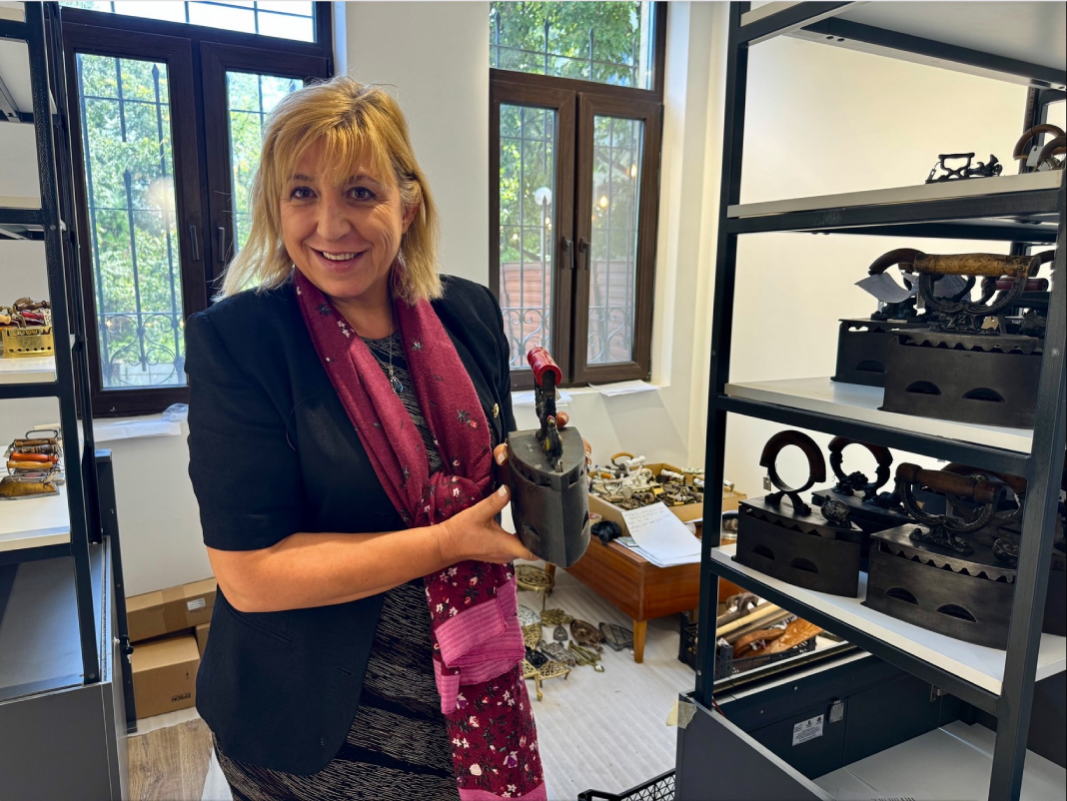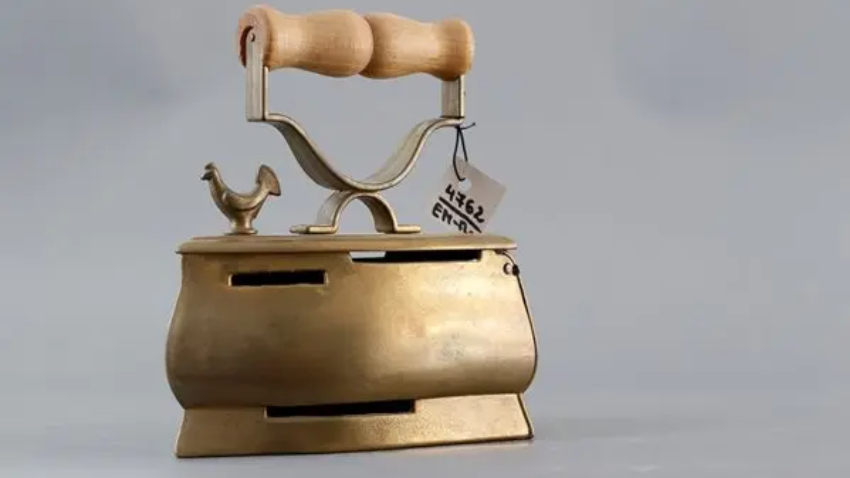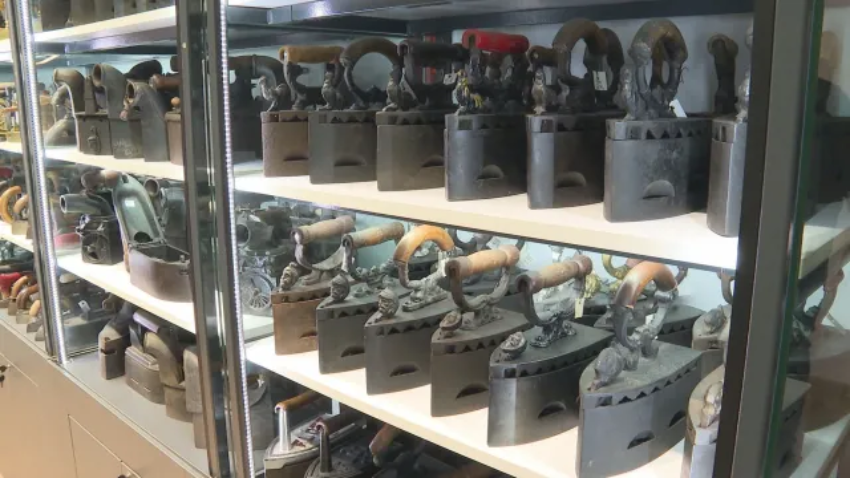A fire-breathing dragon will greet visitors at the first Iron Museum in the Balkans, which opens on 21 November in Plovdiv. From its mouth, words of encouragement will flow- inviting people, eager for new knowledge, to dive into the history of a household tool that appeared relatively soon after humans first set foot on Earth.



Another interesting detail: for many years, irons were not considered women’s tools because they could weigh up to 10 kilograms. Did men really take care of pressing their ladies’ clothing? “Of course - our tailors and cloth makers were men, because it would have been very difficult for a woman to handle the so-called ‘goose,’” says Georgieva. In the past, there were also different irons depending on which part of the garment needed smoothing.
“We have trouser irons, tie irons, lace irons,” the curator explains. “The iron is connected not only to fabric, but also to the development of fashion itself. If, in the 17th century, people in Bulgaria wore traditional clothing that didn’t require fine ironing - because you couldn’t smooth coarse wool - think of the gowns and the men’s garments with lace collars in France or the Austro-Hungarian Empire. That’s why we can say that the iron is a tool mastered by fashion.”

English publication: R. Petkova
On November 6 at 4 p.m., an exhibition will open at the Archaeological Exhibition of the Regional History Museum in Burgas on the occasion of the 50th anniversary of the rescue archaeological research by specialists from the Burgas Museum of a rich grave..
Australian author Joanna Murray-Smith is coming to Sofia at the invitation of the Nikolay Binev Youth Theater. She is visiting Bulgaria for the first time between November 5 and 9, 2025 for a specially organized "Panorama of Joanna Murray-Smith", which..
On the eve of one of the brightest Bulgarian holidays – the Day of the National Awakeners, the Bulgarian Cultural Institute in London welcomed the guests of the Bulgarian National Radio in a meeting-conversation with Bulgarian poet Mirela Ivanova,..
The eighth International Violin Competition “Vasco Abadjiev” will take place in Sofia from 20 to 23 November, attracting record interest. The organizers..

+359 2 9336 661
